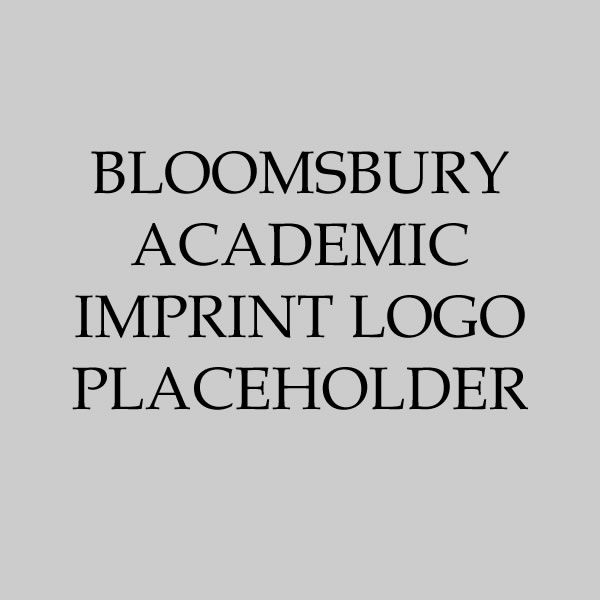Cultural Tasks for Digital Language Learning
Cultural Tasks for Digital Language Learning
Payment for this pre-order will be taken when the item becomes available
- Delivery and returns info
-
Free US delivery on orders $35 or over
Description
Explaining how the cultural practices of a community can be used as the vehicle for learning its language, this book shows how two apps have been developed to deliver language learning while users are carrying out real-life cultural activities.
Many people are motivated to learn foreign languages by their interest in foreign cultures, cuisines and activities such as origami, Hallowe'en pumpkins or cooking a meal from the target culture. This book shows how these motivations can be integrated into the way we learn languages using the latest digital technology: the Linguacuisine and ENACT apps.
Written by experts in education, educational technology and applied linguistics, the book introduces the concept of the cultural task and provides a model, principles and procedures, enabling professionals in any area – including teachers and community workers – to adapt the apps to their own environment. Video tutorials on the accompanying website give users a hands-on introduction to using the apps and authoring their own cultural tasks in their own language for use by others. As such, the apps constitute a rich online repository of Open Educational Resources (OERs). This book is unique in revealing in detail how cultural tasks are enacted and brought to life in many different settings and showing the interplay between traditional and social semiotic conceptions of 'culture' in the enactment of cultural tasks. Another originality is its documenting how L2 learning during cultural tasks occurs, using both a process or social-interactional perspective and a product or cognitive-change perspective.
The chapters offer in-depth descriptions of how the apps were implemented in 5 different countries, with 9 different languages and cultures, and clear research evidence of the learning of cultural practices and languages through varied data sources including photographs of app use and cultural artefacts produced by users.
Table of Contents
Section I: Background and Design
2. Cultural Tasks for Digital Language Learning and Teaching: The Conceptual Background, Sara Ganassin and Müge Satar (Newcastle University, UK)
3. The Development and Use of the Linguacuisine App: Cooking Tasks for Language Learning, Ahmed Kharrufa, Phil Heslop, and Paul Seedhouse (Newcastle University, UK)
4. Co-Design: The Development and Use of the ENACT Web App, Ahmed Kharrufa, Colin Bone Dodds, Müge Satar, and Paul Seedhouse (Newcastle University, UK)
Section II: Learning Languages and Cultures: Case Studies of Task Enactment Using the 'Learn' Interface
5. Vocabulary Acquisition and Learning Strategies by Learners of L2 Chinese in the Chinese Digital Kitchen, Simin Ren and Paul Seedhouse (Newcastle University, UK)
6. Vocabulary Development Through Digital Multimodal Cultural Artefacts, Müge Satar, Simin Ren, Alison Whelan and Paul Seedhouse (Newcastle University, UK)
Section III: Learning languages and cultures using the CREATE interface
7. Affordances and Constraints of ENACT for Creating Cultural Tasks: How are Materials Developed from Start to Finish?, Müge Satar, Alison Whelan, Ahmed Kharrufa and Paul Seedhouse (Newcastle University, UK)
8. Focus on Language While Creating Cultural Activities: A Case Study of Language Learning and the Use of ENACT CREATE in the Finnish Context, Lari Kotilainen, Salla Kurhila and Anna Sundqvist (University of Helsinki, Finland)
9. 'I'm Just One Person': Perspectives on Teaching and Learning Language and Culture Through the ENACT Web App, Johanna Buitrago and Melinda Dooly (Universitat Autònoma de Barcelona, Spain)
Section IV: Broader Application of the Linguacuisine and ENACT Apps
10. Intergenerational Exchange: Constructing Heritage Languages and Cultures Across Intergenerational Pairs, Alison Whelan and Sara Ganassin (Newcastle University, UK)
11. Evaluating an Exploratory Online Exchange Session Using Linguacuisine to Learn Catalan and Vietnamese Language, Culture and Cuisine, Paul Seedhouse, Alison Whelan and Trang Nguyen (Newcastle University, UK) and Jaume Batlle (University of Barcelona, Spain)
12. The ENACT Virtual Exchange Model: An Inclusive Pedagogy Through Digital Cultural Artefacts, Müge Satar (Newcastle University, UK)
13. Promoting Collaborative Service Experience via the ENACT App in Higher Education: Türkiye Case Study, Elifcan Öztekin, Sumru Akcan and Belma Haznedar (Bogaziçi University, Türkiye)
Section V: Making the Most of the Linguacuisine and ENACT Apps
14. Frameworks for Using and Researching Cultural Tasks for Digital Language Learning, Paul Seedhouse and Müge Satar (Newcastle University, UK)
15. Conclusions and Impacts, Müge Satar and Paul Seedhouse (Newcastle University, UK)
References
Index
Product details

| Published | Aug 20 2026 |
|---|---|
| Format | Hardback |
| Edition | 1st |
| Extent | 386 |
| ISBN | 9781350339439 |
| Imprint | Bloomsbury Academic |
| Illustrations | 60 bw illus |
| Dimensions | 9 x 6 inches |
| Series | Advances in Digital Language Learning and Teaching |
| Publisher | Bloomsbury Publishing |


































